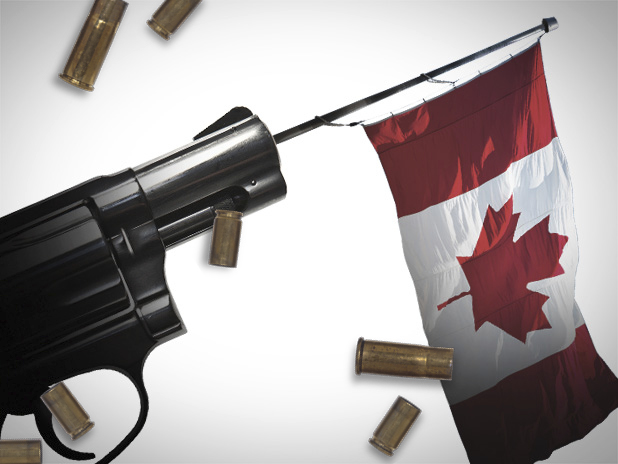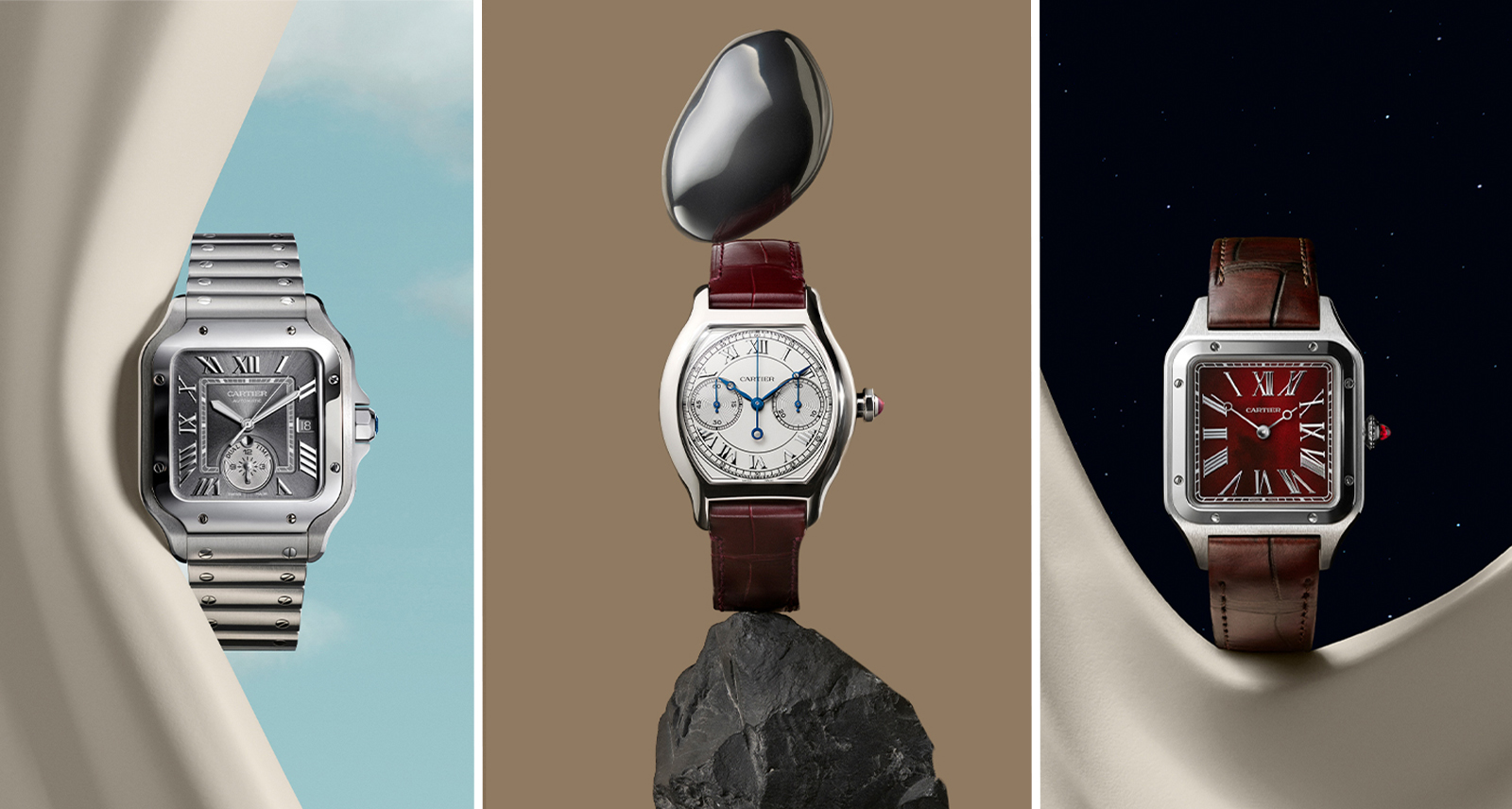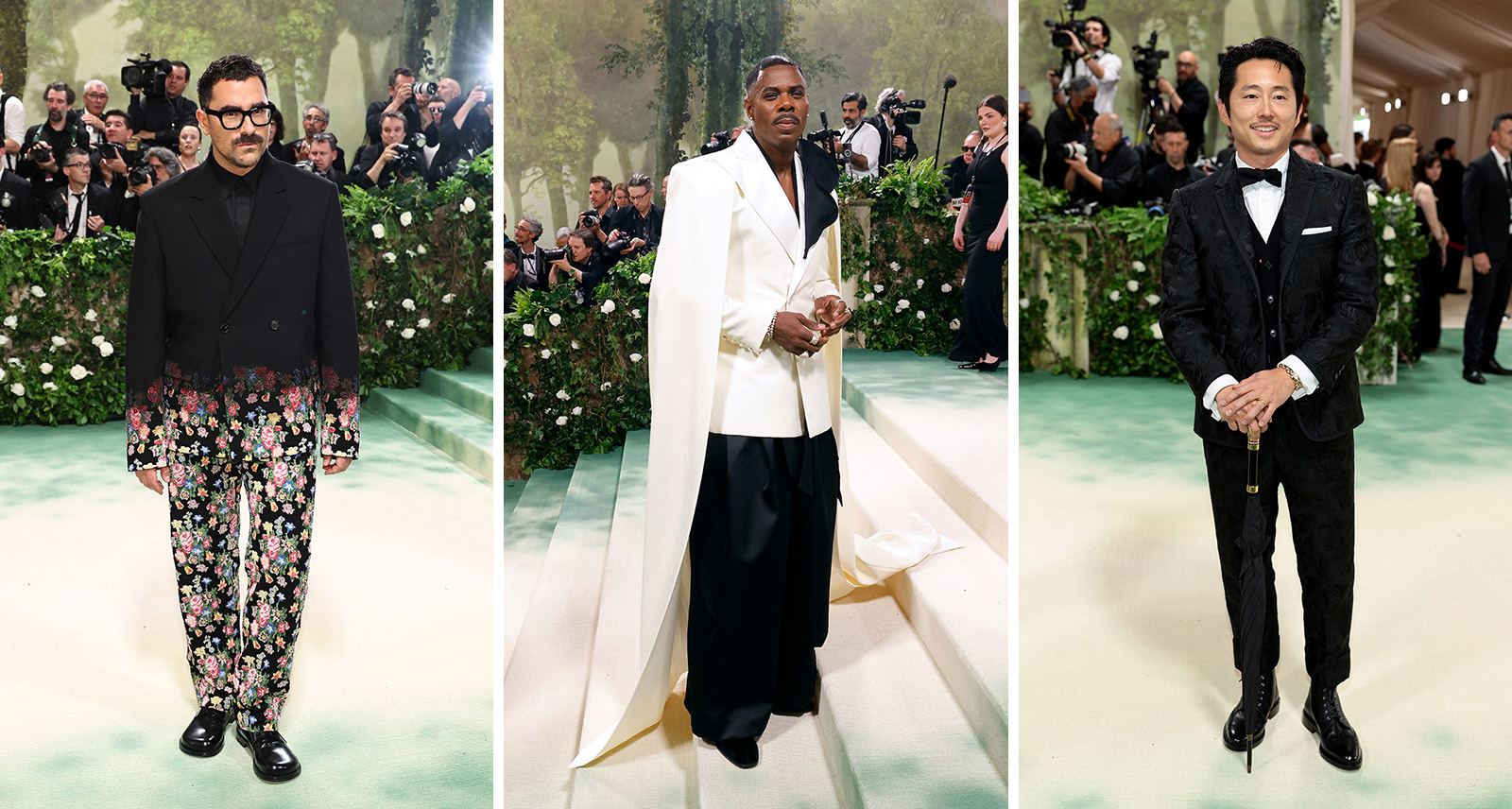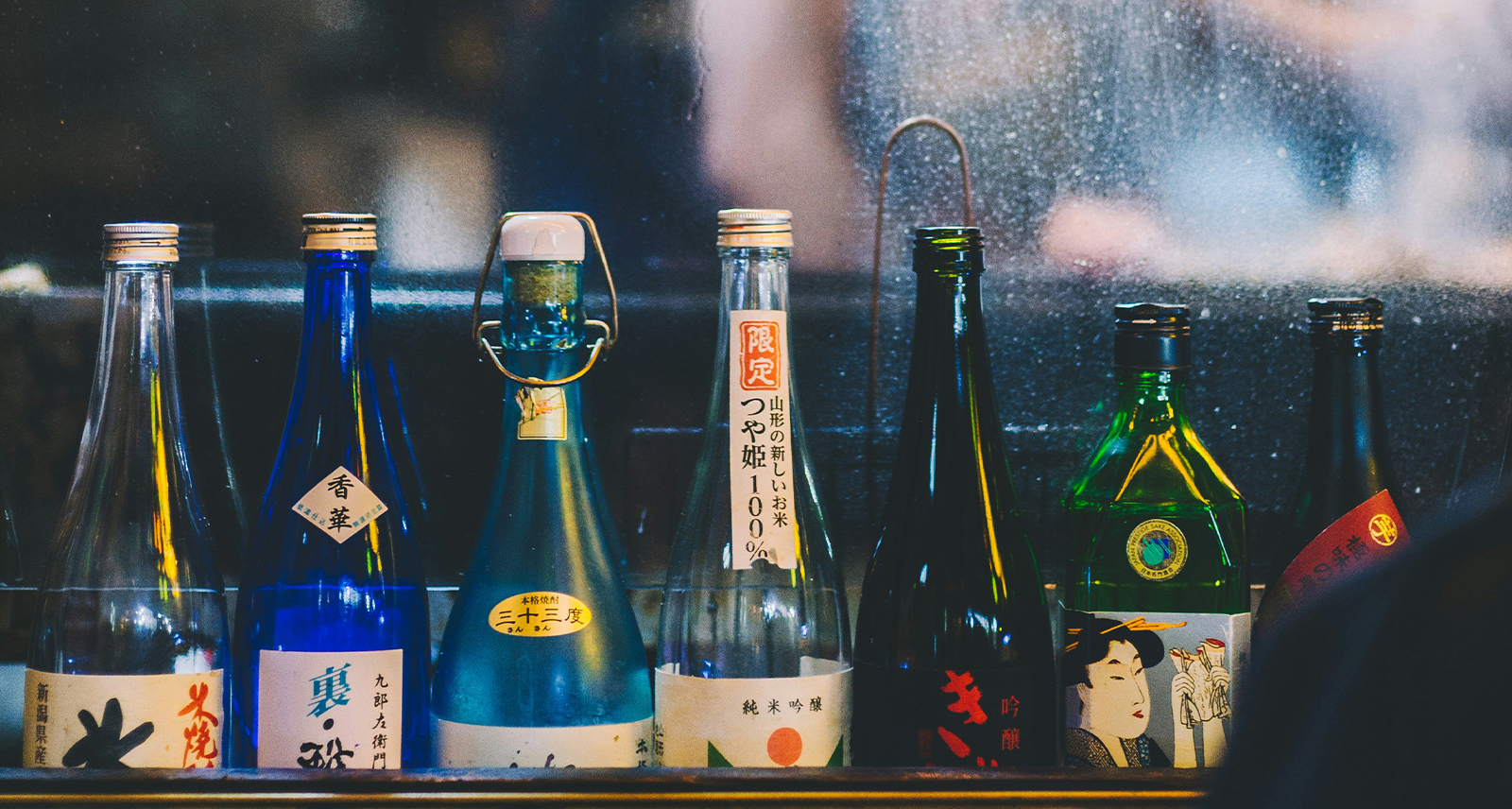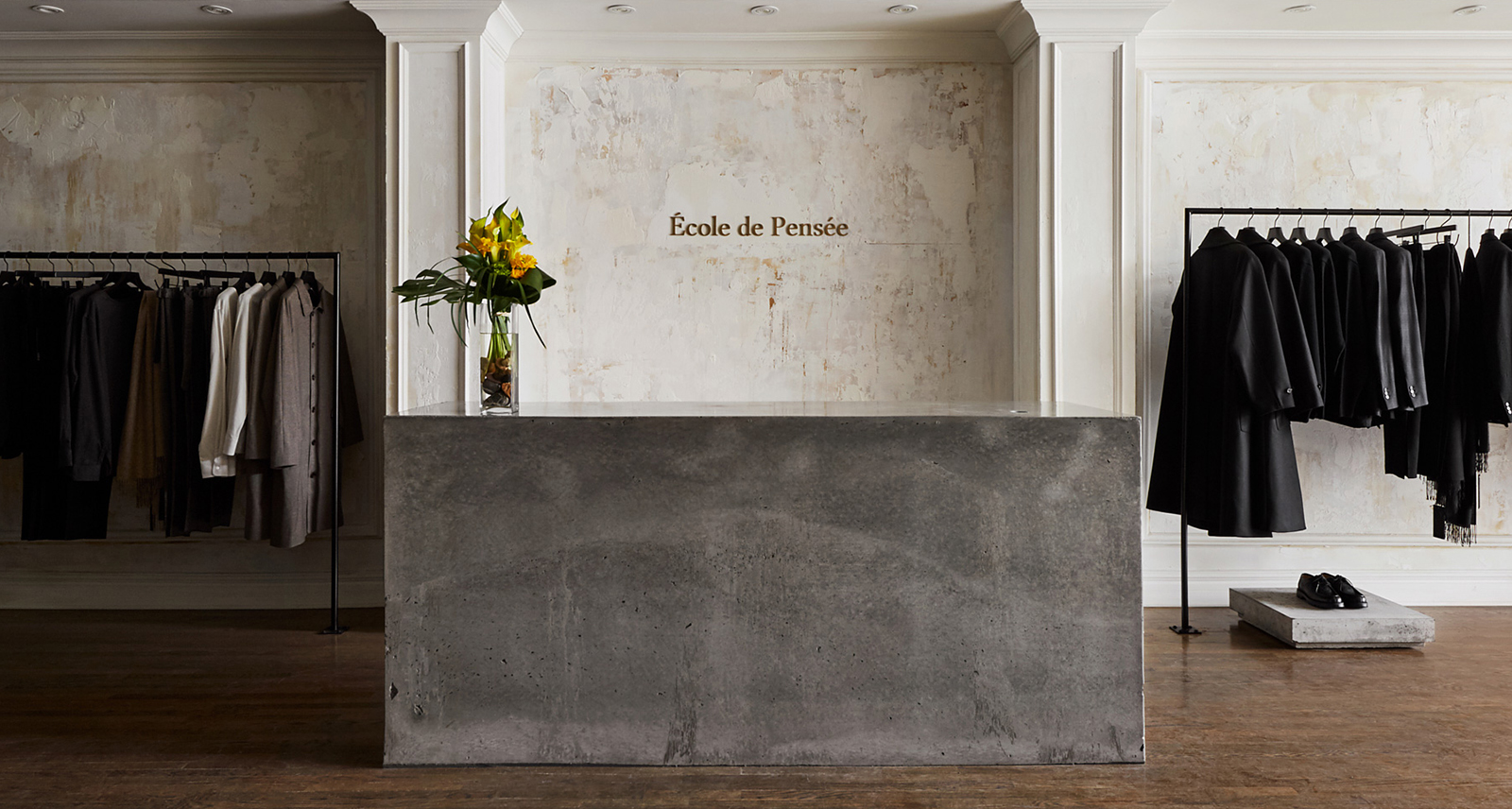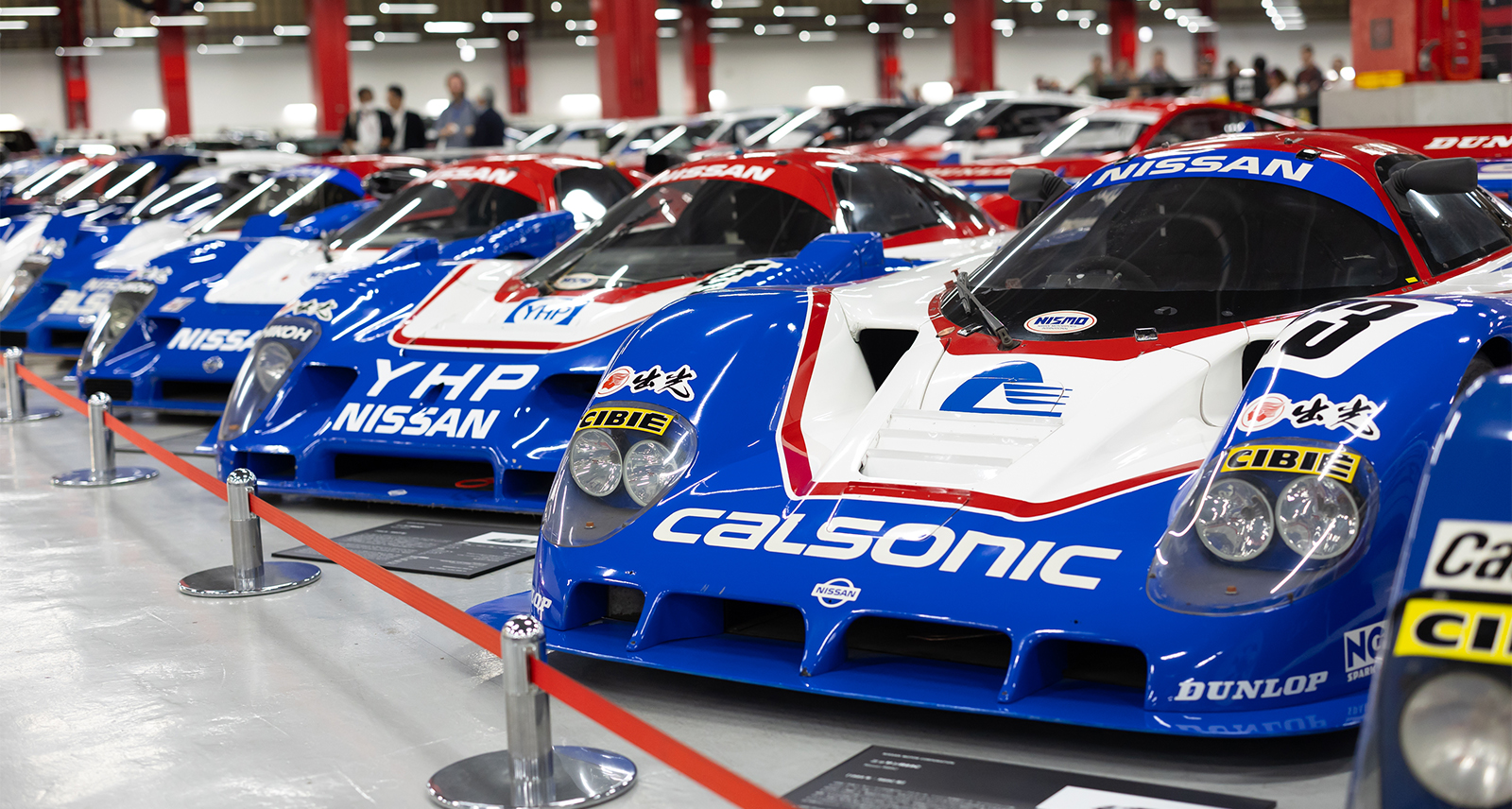Reloaded: The State of Canada’s Gun Culture
***
Not all members are happy with Clare’s leadership. Last February, members of the executive board, frustrated with the organization’s lack of transparency, ousted  him as president, but reinstated him a month later. (It’s the only thing Clare won’t comment on, partly because it’s gotten so ugly it’s now before the Queen’s Court.) The NFA’s social media is full of members who’ve lost confidence in him, calling Clare unprofessional, sexist and power-hungry after firing its executive vice-president, and calling him out for bending on the freedom-restricting bill C-51. But what you won’t find is members upset with how the NFA promotes itself.
him as president, but reinstated him a month later. (It’s the only thing Clare won’t comment on, partly because it’s gotten so ugly it’s now before the Queen’s Court.) The NFA’s social media is full of members who’ve lost confidence in him, calling Clare unprofessional, sexist and power-hungry after firing its executive vice-president, and calling him out for bending on the freedom-restricting bill C-51. But what you won’t find is members upset with how the NFA promotes itself.
The Canadian gun lobby borrows a few moves from the NRA’s playbook, deflecting blame to mental illness, stoking fears of government seizure and embracing brazenness. It’s also undergone a marketing makeover, with a new alternative logo that’s a half maple leaf/half semiautomatic rifle and a two-word slogan members gladly splash all over their social media: “No compromise.”
![]() But whereas the NRA will lie in wait after national tragedies, usually responding that it’s a time for prayer, not debate, the NFA uses them to prove a point, including sending out a press release to say that the last summer’s Moncton shootings that left three RCMP officers dead, and two severely injured “demonstrate […] that none of Canada’s firearms control efforts over the past 50 years have had any effect on preventing violence”— sent while the town was still on lockdown. (Two of the killed officers were NFA members, says Clare.)
But whereas the NRA will lie in wait after national tragedies, usually responding that it’s a time for prayer, not debate, the NFA uses them to prove a point, including sending out a press release to say that the last summer’s Moncton shootings that left three RCMP officers dead, and two severely injured “demonstrate […] that none of Canada’s firearms control efforts over the past 50 years have had any effect on preventing violence”— sent while the town was still on lockdown. (Two of the killed officers were NFA members, says Clare.)
 The more noticeable differences are between the NFA and its Canadian counterparts, like the CSSA. Whereas other gun groups are willing to accept some controls, like gun licensing, Clare’s group opposes that, and universal background checks, and government-mandated training—and just about anything preventing gun proliferation.
The more noticeable differences are between the NFA and its Canadian counterparts, like the CSSA. Whereas other gun groups are willing to accept some controls, like gun licensing, Clare’s group opposes that, and universal background checks, and government-mandated training—and just about anything preventing gun proliferation.
***
I grew up in High Prairie, a community where the annual local gun show brings out 4,500 spectators—more than there are townspeople. I attended a high school where hunting and firearms safety classes had been offered. For me, it’s hard to imagine a Canada where guns are even more ubiquitous. Unless you’re talking handguns, concealed and carried, which the NFA supports (but calls “discrete carry”). “We support personal defense for all responsible people,” says Clare.
“My ideal Canada, consists of a country [without] a National Firearms Association because all the political parties have accepted and understand that firearms are not a danger for society.”
 He truly believes the nation is better off if he can leave his house, get in his car and teach a lecture with a pistol on his hip. “My ideal Canada,” he said, “consists of a country where I don’t have to have a National Firearms Association because all the political parties have accepted and understand that firearms are not a danger for society.”
He truly believes the nation is better off if he can leave his house, get in his car and teach a lecture with a pistol on his hip. “My ideal Canada,” he said, “consists of a country where I don’t have to have a National Firearms Association because all the political parties have accepted and understand that firearms are not a danger for society.”
I’m trying to picture this for my hometown. Below its salt-of-the-earth veneer, High Prairie’s crime rate is four times the national average. It has high unemployment,and an average family income nearly half the rest of Alberta’s. In theory, it’s the type of place where even more lax gun laws could be problematic, but there’s no way to know without undoing a century of legislation. It’s an experiment Clare thinks is worthwhile.
He’s loathe to draw parallels with United States gun culture, what with its centuries of racial tensions and inequality, but seeing as how its gun laws are written at the state level, not the federal, it offers 50 petri dishes of strong and weak gun control in action. According to public policy report from the Center for American Progress, “the 10 states with the weakest gun laws collectively have a level of gun violence that is more than twice as high—104 percent higher—than the 10 states with the strongest gun laws.”
I couldn’t get an interview with any representatives of the Coalition for Gun Control, but one doesn’t need a talking head to find support for some form of gun restriction at home. According to Statistics Canada, firearm homicide has decreased by almost half since 1991’s stricter gun control measures, and before the long gun registry was  dismantled, their use in homicide was down by a third. Accidental deaths by firearms are down too.
dismantled, their use in homicide was down by a third. Accidental deaths by firearms are down too.
But Clare counters statistical claims, pointing out the RCMP’s own bias as a historically anti-gun voice, and citing research from Gary Mauser and Caillin Langmann, two academics and unabashed gunnies, whose work suggest that any decline has more to do with the aging population. During the deadliest decades, the ’60s and ’70s, baby boomers were also reaching the age when people are most likely to commit murder, their 20s and 30s.
The narrative Clare much prefers is this: “There is nothing you can do about bad people doing bad things. But there aren’t many of them.” He adds, “If you look at who has caused the most deaths by firearm, the answer is very clear, and it’s not me sticking up a 7/11. It’s governments. Against their own citizens. And a lot of people say, ‘This is Canada. That won’t happen in Canada.’ Well it won’t, as long as we have guns.”
Clare sounds foreign to me. One of the biggest differences between Canadians and Americans has been our respect for government, our willingness, as firearms expert and former RCMP Alan Voth put it, to “look to them for [our] safety. Americans take more responsibility for their own security.” For a lot of reasons—social, economic, racial, demographic, take your pick—we’re not grappling with the same level of institutional abuses of power symbolized by the Walter Scotts, Eric Garners and Michael ![]() Browns.
Browns.
But as our elected government tries to broaden its spying and detention powers through anti-terror legislation, perhaps it is a valid concern to hold. Or, perhaps, it’s an alien sentiment sneaking across the border to be adopted by a privileged majority, the white male demographic that are the face of gun culture. Either way, it’s unsettling.
